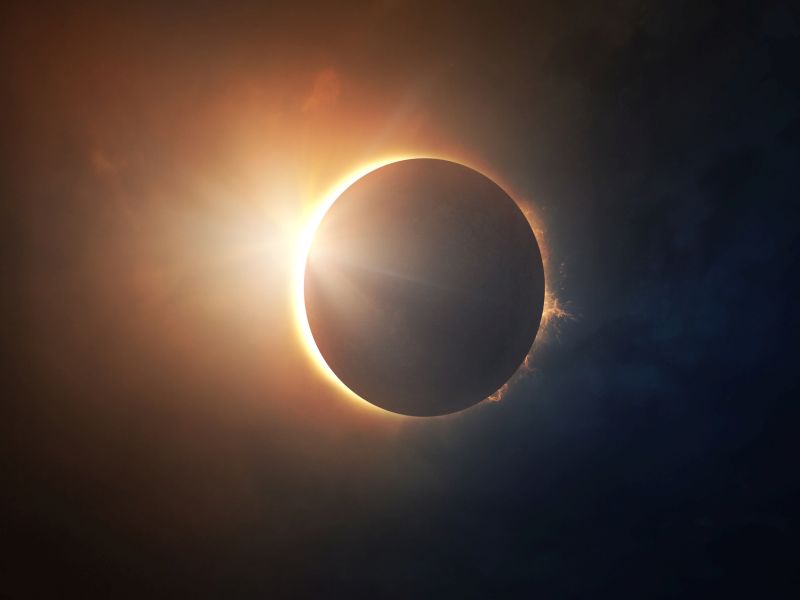FRIDAY, Aug. 18, 2017 (HealthDay News) — One of the biggest celestial events of a lifetime — a total solar eclipse — is heading towards millions of Americans on Monday.
But what’s the safest way for your eyes to view it?
The total eclipse — the first in nearly a century to stretch across the continental U.S. — will treat millions to a fleeting and unforgettable sight when the sun disappears behind the moon and day turns to night.
Fourteen states from Oregon to South Carolina lie along the thin path of totality. But everyone in North America will see at least a partial eclipse, according to NASA.
“We know there’s a lot of excitement. People want to look,” but staring at the sun, even for just an instant, can cause temporary and sometimes permanent vision damage, warned Dr. Rajesh Rao, an assistant professor of ophthalmology and visual sciences at the University of Michigan.
It’s not safe to look at the sun with your naked eye. It’s not even safe to look through conventional sunglasses, a smartphone, binoculars or a telescope, Rao added in a university news release.
That’s because looking directly at the sun without protection can cause a hole in the retina, a condition dubbed solar retinopathy. It can temporarily blur vision, cause you to see spots, and even leave permanent damage for which there is no treatment.
If you want to see the eclipse without the risk of eye damage, use specially designed solar glasses, viewers and lens filters to block the sun’s harmful rays, eye experts said.
“Solar glasses are special lenses that allow the wearer to view an eclipse safely,” explained Dr. Jules Winokur, an ophthalmologist at Lenox Hill Hospital in New York City.
“These lenses provide more protection from damaging UV rays than standard sunglasses, and conform to a worldwide standard known as ISO 12312-2. These filters can be purchased online, and allow the wearer to safely gaze at the sun during an eclipse,” he added.
If you opt for specially designed glasses with solar filters, look for the “ISO 12312-2” designation that indicates they meet international safety standards, Rao noted. The American Astronomical Society has a list of approved brands.
And if you already have solar filters but their surfaces are scratched, don’t use them — throw them away and get a new pair.
Too often, people ignore advice around eclipse-viewing safety, with tragic results.
Dr. Mark Mugavin works in the University of Louisville’s department of ophthalmology. In a university news release, he said his team “sees approximately 10 cases a year of patients with solar retinopathy from high-intensity laser pointers or high-intensity sunlight exposure, such as viewing an eclipse.”
Mugavin expects even more cases with this year’s big solar event.
But, Rao stressed, none of these injuries need to happen.
“Our main goal is that you enjoy this once- or twice-in-a-lifetime opportunity while protecting your eyes from a substantial chance of vision loss or blindness,” Rao said.
More information
NASA has more on the upcoming solar eclipse.
Copyright © 2025 HealthDay. All rights reserved.

